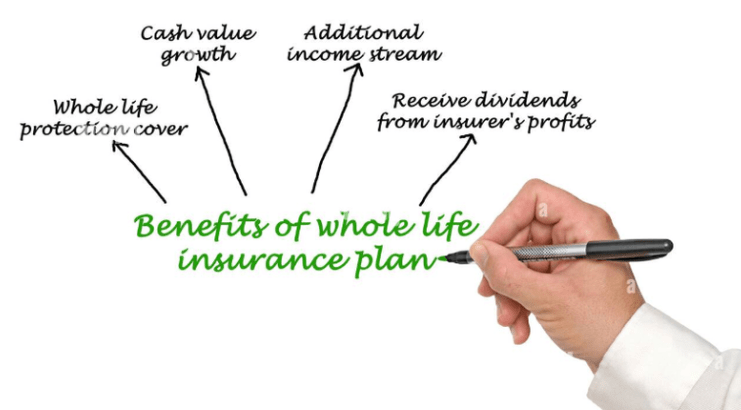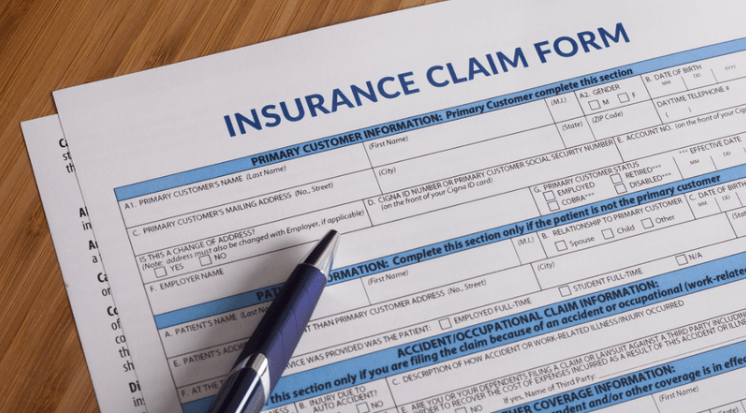high-risk drivers, insurance, premiums, coverage, provider, policy, accidents, driving record, financial security, DUI, claims, deductible, protection, costs, eligibility, violations, savings, quotes, non-standard insurance, safe driving
Understanding High-Risk Driver Insurance
high-risk drivers, insurance, coverage, provider, policy, protection, financial security, driving record
High-risk drivers often face unique challenges when it comes to obtaining insurance due to their driving history or other factors that increase their likelihood of accidents. This type of coverage is specifically designed to provide protection for drivers with poor driving records, past accidents, or other risk indicators. While insurance for high-risk drivers can come with higher premiums, it’s essential for ensuring financial security and compliance with legal requirements. High-risk driver insurance gives these drivers a second chance to maintain safe and secure coverage despite their history.
Factors That Make a Driver High-Risk
factors, high-risk drivers, driving record, accidents, DUI, violations, eligibility, insurance, provider, policy
Various factors can label a driver as high-risk, impacting their eligibility for standard insurance policies. These factors include a history of accidents, traffic violations, or serious offenses like DUI (Driving Under the Influence). Young or inexperienced drivers are sometimes considered high-risk, as are individuals with frequent claims or a poor driving record. Insurance providers assess these factors to determine whether a policy for high-risk drivers is necessary. Understanding what makes a driver high-risk can help those affected take steps toward improving their status over time.
Types of Coverage Available for High-Risk Drivers
types, coverage, high-risk drivers, insurance, policy, protection, provider, financial security, costs
High-risk driver insurance typically offers various types of coverage to suit different needs. Liability coverage is essential, as it protects others if the policyholder causes an accident. Collision and comprehensive coverage can also be included, covering damages to the insured vehicle from accidents, theft, or natural events. Although high-risk insurance may come at a higher cost, it provides critical protection and financial security. Insurance providers may also offer specialized policies tailored to high-risk drivers, enabling them to choose the level of coverage that aligns with their specific needs.
Non-Standard Insurance Policies
non-standard insurance, high-risk drivers, coverage, policy, provider, premiums, eligibility, protection, savings
Some insurance companies provide non-standard insurance policies specifically for high-risk drivers. Unlike traditional policies, these policies are structured to accommodate the additional risk associated with a poor driving record or multiple claims. While premiums may be higher, non-standard insurance ensures that high-risk drivers can access protection and remain legally insured. These policies are often available through specialized providers who cater to unique needs, helping high-risk drivers obtain essential coverage and sometimes offering savings through safe driving discounts.
Tips for Lowering High-Risk Insurance Premiums
tips, lowering premiums, high-risk drivers, insurance, coverage, savings, costs, provider, safe driving, deductible
There are several ways high-risk drivers can reduce their insurance premiums despite their status. Maintaining a clean driving record over time is one of the best methods to improve eligibility and qualify for lower rates. Additionally, opting for a higher deductible can reduce monthly costs by shifting more risk to the policyholder. Some providers also offer safe driving courses or programs that can help high-risk drivers earn savings on their premiums. Taking these steps allows drivers to demonstrate responsibility and work toward more affordable coverage options.
The Role of Safe Driving Courses
safe driving courses, high-risk drivers, insurance, premiums, provider, coverage, policy, savings, eligibility
For high-risk drivers, completing safe driving courses is an effective way to demonstrate responsibility and potentially lower insurance premiums. Many insurance providers recognize these courses and offer savings or reduced rates for policyholders who participate. These programs cover essential driving techniques, risk management, and road safety, making them valuable for drivers aiming to improve their status. Safe driving courses not only contribute to eligibility for better coverage but also help drivers maintain safer habits, ultimately reducing the likelihood of future incidents.
Shopping Around for Quotes
shopping around, quotes, high-risk drivers, insurance, provider, coverage, premiums, savings, policy, protection
When seeking insurance for high-risk drivers, it’s crucial to shop around and compare quotes from different providers. Some companies specialize in high-risk policies and may offer more competitive premiums and flexible coverage options. Comparing quotes ensures that drivers can find the best possible rate, helping them secure protection without overpaying. Taking time to evaluate multiple options also reveals potential savings and helps high-risk drivers identify the policy that best meets their needs.
FAQs on Insurance for High-Risk Drivers
1. Who is considered a high-risk driver?
A high-risk driver is typically someone with a poor driving record, a history of accidents, traffic violations, or other risk factors, such as a DUI conviction.
2. What type of insurance coverage is available for high-risk drivers?
High-risk drivers can access various types of coverage, including liability, collision, and comprehensive options, tailored by specialized providers.
3. Can high-risk drivers lower their insurance premiums?
Yes, high-risk drivers can lower premiums by maintaining a clean driving record, completing safe driving courses, and opting for higher deductibles.
4. What is non-standard insurance?
Non-standard insurance is a policy designed specifically for high-risk drivers, offering coverage at a higher cost to accommodate additional risks.
5. Should high-risk drivers shop around for quotes?
Yes, shopping around for quotes from multiple providers helps high-risk drivers find the most affordable coverage options and potential savings.


